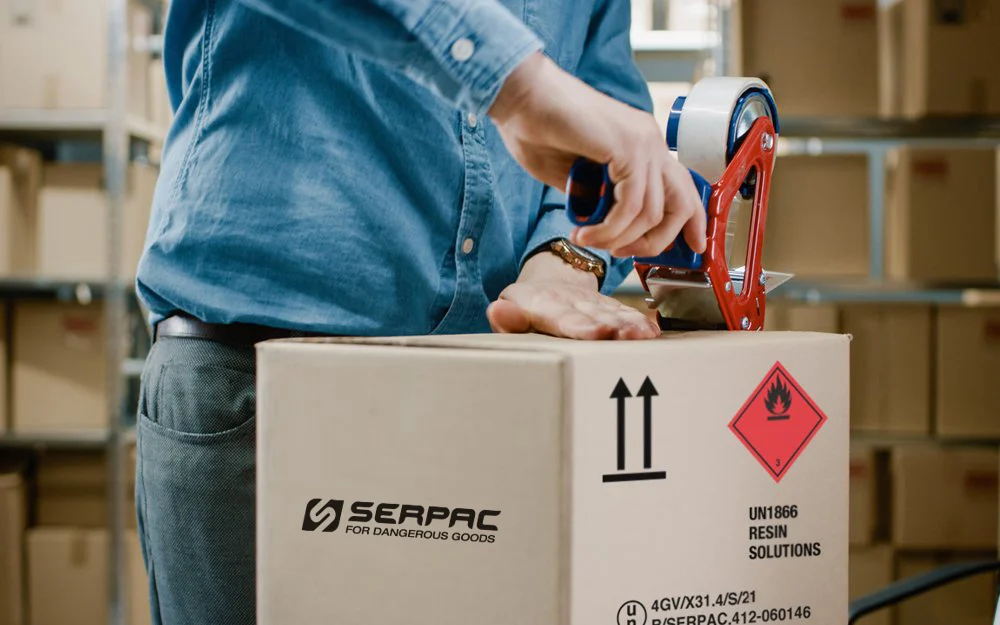Shipping products efficiently and safely is crucial for e-commerce sellers and small business owners. One of the most popular options for shipping is the 4G fibreboard box, known for its durability and versatility. However, to maximise the benefits of these boxes and ensure your products arrive in perfect condition, it’s essential to avoid common mistakes.
Let’s explore these errors and learn how to use 4G fibreboard boxes effectively.
Introduction to 4G Fibreboard Boxes
4G fibreboard boxes are a staple in the shipping world, especially for e-commerce and small businesses. These boxes are designed to handle a variety of items, from fragile electronics to bulkier goods, providing robust protection during transit. Their importance cannot be overstated, as they play a key role in maintaining product integrity and customer satisfaction.
Common Mistakes Made When Using 4G Fibreboard Boxes
Despite their effectiveness, there are several common mistakes that businesses make when using 4G fibreboard boxes. These errors can lead to damaged goods, increased costs, and unhappy customers.
1. Incorrect Box Size Selection
Choosing the wrong box size is a frequent mistake that can lead to various issues. A box that’s too large can cause items to shift during transit, increasing the risk of damage. Conversely, a box that’s too small may not provide adequate protection, leading to crushing or tearing.
2. Neglecting to Reinforce High-Stress Points
High-stress points, such as the corners and edges of the box, are particularly vulnerable to damage. Failing to reinforce these areas can result in weakened structural integrity, making the box more susceptible to crushing and tearing.
3. Improper Sealing Techniques
Another common mistake is using improper sealing techniques. Weak seals can easily break open during transit, exposing your products to potential damage. Additionally, using insufficient tape or the wrong type of tape can compromise the box’s ability to stay closed.
4. Stacking and Handling Errors
How you stack and handle your boxes can significantly impact their performance. Incorrect stacking can lead to crushed boxes and damaged goods, while poor handling practices can cause tears, punctures, and other forms of damage.
How to Avoid These Mistakes
To ensure your products arrive safely and your shipping process is efficient, follow these detailed instructions on how to avoid the aforementioned mistakes.
Choosing the Right Box Size
- Measure Your Items: Before selecting a box, measure the dimensions of your items, including length, width, and height.
- Consider Padding: Account for any padding materials you plan to use, such as bubble wrap or packing peanuts. This ensures your items fit snugly without excessive movement.
- Select the Appropriate Box: Choose a box that matches your item’s dimensions as closely as possible. If you’re shipping multiple items, consider using dividers within the box to keep everything secure.
Using Correct Taping and Sealing Methods
- Quality Tape Matters: Invest in high-quality packing tape designed for shipping. Avoid using regular household tape, which may not provide sufficient adhesion.
- Seal the Center Seam: Apply a strip of tape along the centre seam of the box, extending it past the edges for added security.
- Add Two Top Seals: Place two strips of tape along the edges which form an “H” shape. This reinforces the box and prevents it from opening during transit.
- Reinforce Weak Points: Pay special attention to corners and edges. Adding extra tape to these areas can enhance the box’s strength and durability.
Strengthening Boxes at High-Stress Points
- Corner Protectors: Use corner protectors made of durable materials like plastic or cardboard. These can absorb impact and prevent crushing.
- Edge Reinforcement:
- Use Fiber Reinforced Tape: For added strength, apply fibre-reinforced tape along the edges of the box.
- Double Up: Consider doubling the box walls for heavy or fragile items, effectively creating a box within a box for extra protection.
Guidelines for Stacking and Handling
Stacking Tips:
- Heaviest at the Bottom: To prevent crushing, place the heaviest boxes at the bottom and the lighter ones on top.
- Even Distribution: Ensure weight is evenly distributed to avoid shifting during transport.
- Avoid Overstacking: Do not stack boxes too high, as this can destabilize the stack and increase the risk of toppling.
Handling Tips:
- Use Proper Lifting Techniques: Bend at the knees and lift with your legs to avoid injury and ensure safe handling.
- Handle with Care: Avoid throwing or dropping boxes. Use hand trucks or dollies for heavier loads to minimise physical strain and reduce the risk of damage.
Optimising the Use of 4G Fibreboard Boxes
Beyond avoiding common mistakes, there are additional tips to optimise the use of 4G fibreboard boxes for cost efficiency and environmental sustainability.
Bulk Purchases:
- Cost Savings: Buying boxes in bulk can reduce costs per unit.
- Standard Sizes: Stick to standard box sizes whenever possible, as custom sizes can be more expensive.
Eco-Friendly Options:
- Recycled Materials: Choose boxes made from recycled materials to reduce your environmental footprint.
- Biodegradable Padding: Use biodegradable packing materials like cornstarch peanuts or paper instead of plastic-based options.
Reuse and Recycle:
- Reuse Boxes: When possible, reuse boxes that are still in good condition.
- Recycling Programs: Implement a recycling program in your business to responsibly dispose of used boxes.
Conclusion
Utilising fibreboard boxes correctly protects your products, reduces costs, and maintains customer satisfaction. You can ensure a smooth and efficient shipping process by avoiding common mistakes and following best practices.
We’d love to hear from you! Share your experiences and tips for using 4G fibreboard boxes in the comments below. Have questions or need further assistance? Our team is here to help. Happy shipping!








Comments